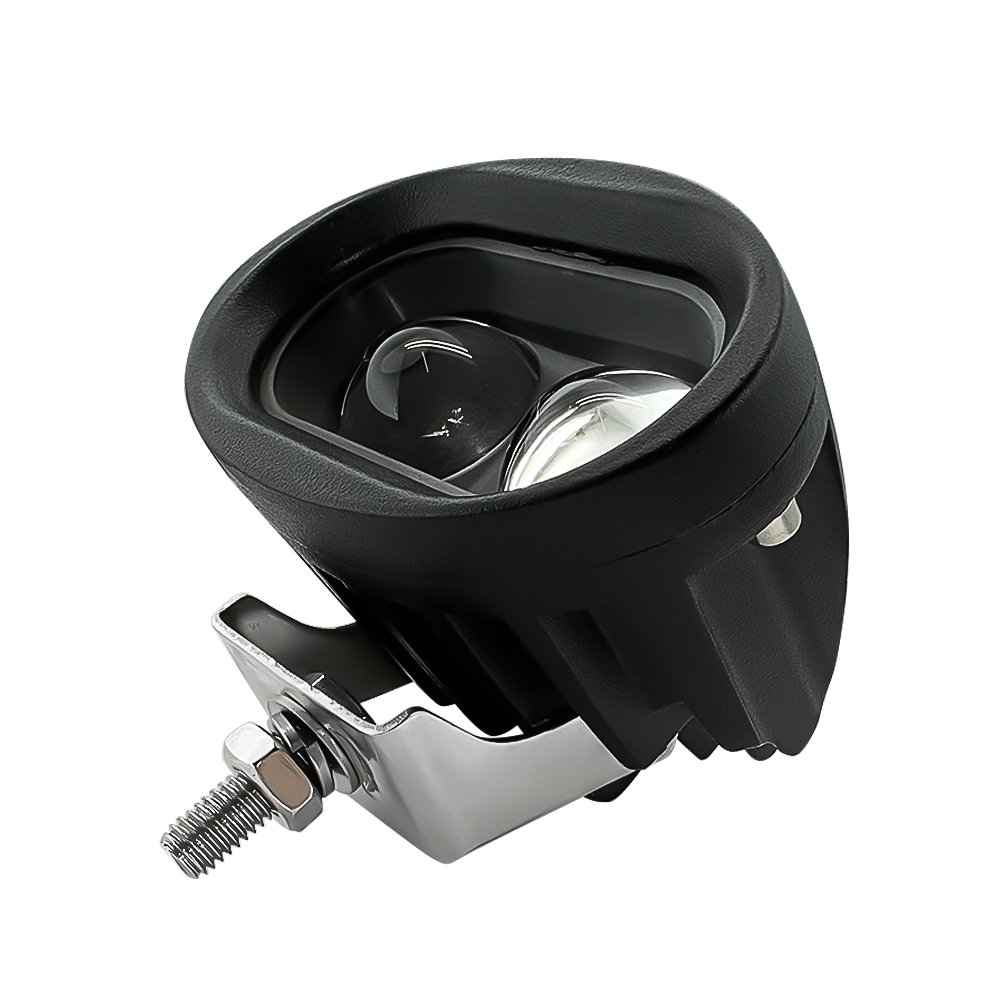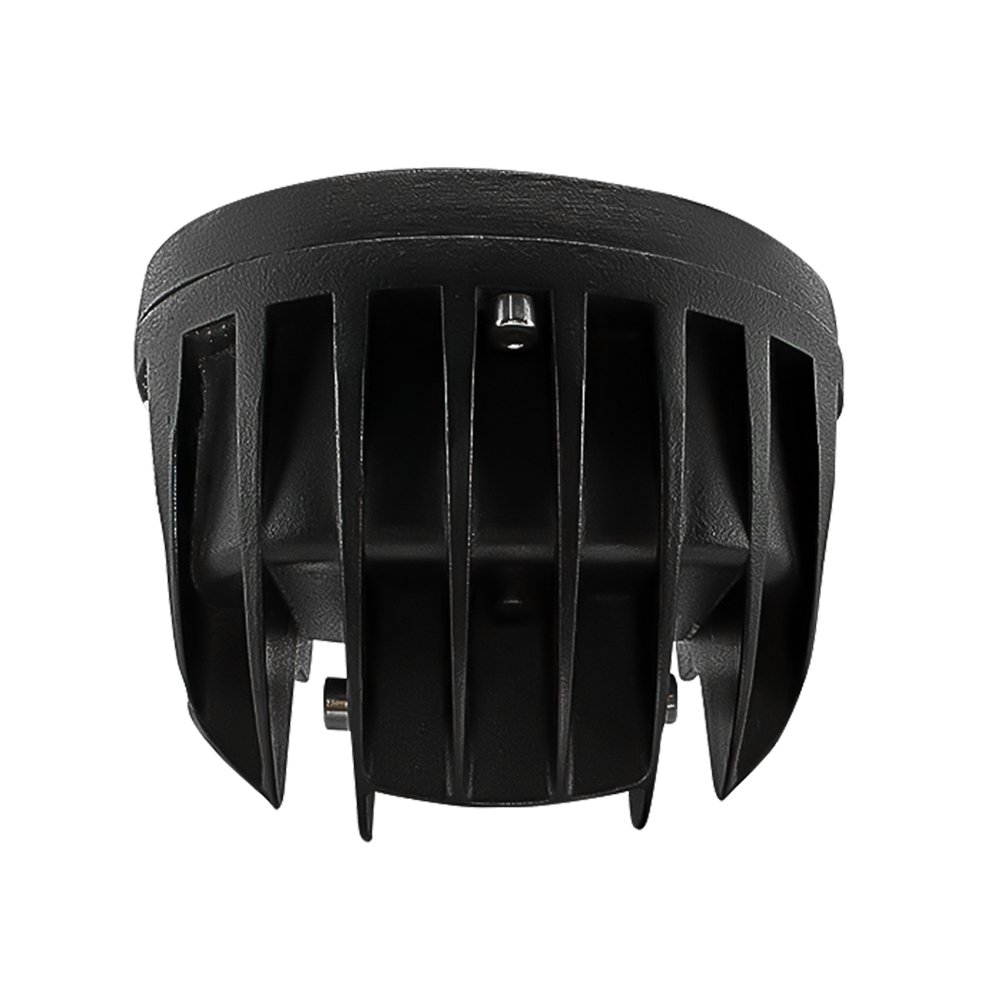Welcome to our blog, where we shed light on the importance of forklift safety in the workplace! When it comes to operating heavy machinery like forklifts, there’s no room for compromise. That’s why it’s crucial to implement effective safety measures that not only protect your employees but also prevent accidents and mishaps.
The Importance of Forklift Safety in the Workplace
When it comes to the workplace, safety should always be a top priority. This is especially true when it comes to operating forklifts. These powerful machines are essential for many industries, but they also carry inherent risks.
Forklift accidents can lead to serious injuries and even fatalities. That’s why it’s crucial for employers and workers alike to prioritize forklift safety at all times. By implementing proper training programs, adhering to industry regulations, and utilizing advanced safety equipment such as LED warning lights, businesses can significantly reduce the risk of accidents.
One of the key reasons why forklift safety is so important is because these vehicles often operate in close proximity to pedestrians and other workers. Without proper precautions in place, collisions or near misses can occur, resulting in severe injuries or even death.
Additionally, ensuring forklift safety helps protect valuable inventory and equipment from damage caused by accidents or mishandling. The cost of repairing or replacing damaged goods can quickly add up and impact a company’s bottom line.
Furthermore, prioritizing forklift safety creates a positive work environment where employees feel valued and protected. When workers know that their well-being is being taken seriously by their employer through appropriate safety measures, morale improves which ultimately leads to increased productivity.
In conclusion, investing time and resources into maintaining a safe workplace environment when operating forklifts not only protects individuals from harm but also safeguards your business from potential liabilities. Remember: Safety first!

Types of Warning Lights for Forklifts
When it comes to ensuring safety in the workplace, forklifts play a crucial role. These powerful machines are used in various industries, from warehouses and construction sites to manufacturing plants. However, operating a forklift can be risky if proper precautions are not taken. That’s where warning lights come into play.
There are several types of warning lights available for forklifts, each serving a specific purpose. One common type is the strobe light, which emits bright flashes of light at regular intervals. This helps alert pedestrians and other workers to the presence of a moving forklift, minimizing the risk of accidents.
Another type of warning light is the rotating beacon light. This light spins around continuously in a circular motion, making it highly visible from all angles. Rotating beacon lights are especially useful in areas with poor lighting or when visibility may be compromised due to weather conditions.
In recent years, LED technology has revolutionized the world of warning lights for forklifts and other vehicles. LED lights offer numerous advantages over traditional incandescent bulbs, including longer lifespan and lower energy consumption.
Red LEDs have become widely used as rear-facing danger zone lights on forklifts. These bright red lights create a clear boundary around the back end of the vehicle, indicating that caution should be exercised when approaching from behind.
Blue LEDs have gained popularity as forward-facing spotlights on forklifts. These intense blue beams help illuminate potential hazards or obstacles in front of the vehicle before they come into direct contact with it.
By incorporating red and blue LEDs into their safety protocols, companies can significantly enhance workplace safety by providing clear visual cues that warn others about potential dangers associated with operating or being near a forklift.
However powerful these warning lights may be, proper placement and usage are essential to maximize their effectiveness. Warning lights should be positioned strategically on different parts of the forklift, such as the front and back, to ensure maximum visibility from all angles.
The Role of Red and Blue LEDs in Forklift Safety
When it comes to forklift safety, every aspect must be carefully considered. One crucial component that plays a significant role is the warning lights. These lights are designed to alert pedestrians and other operators about the presence of a forklift in their vicinity, helping prevent accidents and potential injuries.
Amongst the various types of warning lights available, red and blue LEDs have proven to be highly effective. The vibrant colors catch attention quickly, ensuring that people are aware of the forklift’s movements. Red signals caution, signaling others to stay clear or proceed with caution. On the other hand, blue indicates that the forklift is reversing or backing up.
Apart from their eye-catching nature, LED lights offer several advantages over traditional incandescent bulbs. They are energy-efficient, consume less power while providing brighter illumination. Additionally, they have a longer lifespan compared to incandescent bulbs which reduces maintenance costs significantly.
Proper placement and usage of these warning lights are essential for maximum effectiveness. Mounting them at appropriate heights on all sides helps ensure visibility from different angles. It is recommended to position them near areas where pedestrian traffic is expected or around blind corners where visibility may be limited.
To maintain safety standards within workplaces involving forklift operations, industry regulations regarding warning light usage should also be followed strictly. Familiarizing oneself with these guidelines can help companies avoid legal consequences while prioritizing employee safety.
In conclusion, red and blue LED warning lights play a vital role in maintaining workplace safety when operating forklifts. Their bright colors attract attention instantly while highlighting specific actions such as cautionary pauses or reversing maneuvers. By utilizing these efficient lighting solutions properly according to industry standards, businesses can enhance overall workplace safety by minimizing risks associated with forklift operations.

Benefits of Using LED Warning Lights for Forklifts
Using LED warning lights for forklifts offers a multitude of benefits that contribute to overall workplace safety. LED lights are highly visible and produce bright, vibrant colors that can be easily seen from a distance. This ensures that other workers in the vicinity are aware of the presence of a forklift and can take appropriate precautions.
LED lights also have a longer lifespan compared to traditional incandescent bulbs, which means less frequent replacement and maintenance costs. This is particularly beneficial in industrial settings where forklifts are constantly in use.
Another advantage of using LED warning lights is their energy efficiency. LEDs consume significantly less power than traditional bulbs, resulting in lower electricity bills. Additionally, they generate very little heat, reducing the risk of fire hazards or damage to surrounding materials.
Furthermore, LED lights offer versatility when it comes to customization options. They can be programmed with different flashing patterns or synchronized with other safety equipment like alarms or sirens to enhance visibility and further reinforce warnings.
LED warning lights are durable and resistant to shock and vibration. This makes them suitable for use on forklifts operating in rugged environments such as warehouses or construction sites.
In conclusion, incorporating LED warning lights into your forklift safety measures provides numerous advantages including enhanced visibility, cost savings through reduced maintenance requirements and energy efficiency, customizable features, as well as durability in demanding work conditions
Proper Placement and Usage of Warning Lights
When it comes to ensuring the safety of your workplace, proper placement and usage of warning lights for forklifts play a crucial role. These LED lights are designed to alert pedestrians and other operators about the presence and movement of a forklift in their vicinity. But where should these lights be placed, and how should they be used effectively?
It is important to mount the warning lights at strategic locations on the forklift. Typically, they are positioned on both the front and rear sides to provide maximum visibility from different angles. This ensures that anyone approaching or working near the forklift can easily spot its presence.
Additionally, consider placing warning lights at eye-level or slightly above to avoid obstruction by equipment or pallet loads. The aim is to make them highly visible without being blocked by any obstacles within the workspace.
In terms of usage, it’s essential that operators activate these warning lights whenever they are operating a forklift. Whether driving forward or in reverse, keeping these LEDs illuminated helps create a safe environment by signaling others about their movements.
Furthermore, it’s vital that operators understand when cautionary measures need to be taken with regards to speed as well as turning corners while using fork lifts equipped with warning lights. By slowing down around blind spots such as tight corners or intersections within your facility premises’ layout – accidents can substantially decrease.
By following industry best practices regarding placement and usage of LED warning lights on your fleet of forklifts, you prioritize safety in your workplace while also complying with relevant regulations concerning material handling equipment.
Remember – safety is everyone’s responsibility! So let’s work together towards creating an accident-free environment by utilizing red and blue LED safety lights on our valuable assets – our trusted forklifts!

Industry Standards and Regulations Regarding Forklift Warning Lights
When it comes to forklift safety, industry standards and regulations play a crucial role in ensuring the well-being of workers. In order to maintain a safe working environment, organizations must adhere to specific guidelines when it comes to warning lights for forklifts.
The Occupational Safety and Health Administration (OSHA) provides comprehensive regulations regarding the use of warning lights on forklifts. These regulations state that all powered industrial trucks must have adequate lighting systems, including warning lights, to ensure visibility in low-light conditions or areas with restricted visibility.
Additionally, the American National Standards Institute (ANSI) has established standards specifically related to forklift safety. ANSI/ITSDF B56.1-2020 outlines requirements for various aspects of lift truck design and performance, including lighting systems. This standard specifies that powered industrial trucks should be equipped with visible red or blue lights as part of their forward-facing light system.
By following these industry standards and regulations, employers can help prevent accidents by increasing visibility and awareness in the workplace. It is important not only to install LED warning lights but also ensure they are properly maintained and functioning correctly at all times.
Conclusion: Prioritizing Safety with Red and Blue LED Warning Lights for Forklifts
Ensuring the safety of your workplace is crucial, especially when it comes to forklift operations. With their heavy loads and limited visibility, forklifts pose significant risks if proper precautions are not taken. That’s why investing in warning lights for your forklift fleet should be a top priority.
LED warning lights have emerged as an efficient and reliable solution in enhancing safety measures for forklift operations. The combination of red and blue LEDs offers clear visual cues that can effectively communicate potential hazards to both operators and pedestrians.
By incorporating LED warning lights into your forklifts, you can enjoy numerous benefits beyond just improved safety. These lights are highly visible even in bright daylight or low-light conditions, ensuring that everyone within the vicinity is aware of the presence of a moving vehicle.
Furthermore, LED technology provides long-lasting illumination while consuming minimal power compared to traditional lighting options. This means lower maintenance costs and energy savings in the long run – a win-win situation!
Proper placement and usage of these warning lights is essential to maximize their effectiveness. Mounting them at eye level on all sides of the forklift will allow 360-degree visibility, reducing blind spots significantly. Additionally, make sure they are positioned where they won’t be obstructed by cargo or other equipment.
It’s important to note that industry standards regarding the use of warning lights on forklifts exist to ensure consistent practices across different workplaces. Familiarize yourself with these regulations to ensure compliance and maintain a safe working environment.
In conclusion, prioritizing safety with red and blue LED warning lights is an investment worth making. Not only do these lights enhance visibility but also promote awareness among operators, pedestrians, and fellow employees about potentially hazardous situations involving a moving vehicle like a forklift.
